Ad Rank is Google’s way of deciding for each search which advertisers appear and in what order.
With a higher Ad Rank, you’re more likely to appear in the top spots more often, and get greater visibility for your ads.

How much you're willing to bid is only one part of the equation - your Quality Score is equally as important!
Google wants to provide the best user experience, which means showing highly relevant ads, suggesting the products that are more likely to get clicked on, and sending traffic to websites that can provide the best user experience.
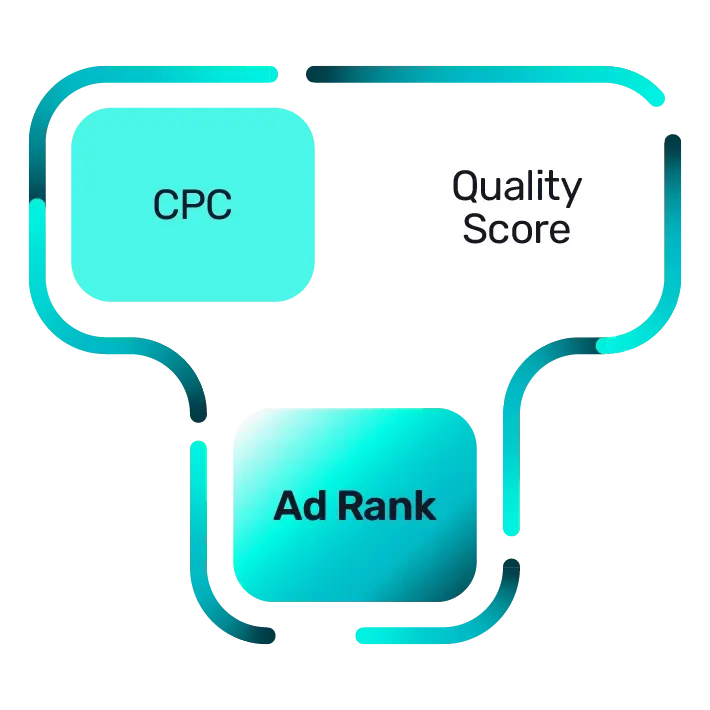
There are 3 main levers to boost your Quality Score
1: Ad engagement
Ad engagement in Google Ads tells you how users interact with your ads. It's a key performance indicator (KPI) that helps you understand how well your ads are performing. There are many ways to increase ad engagement, some are visual ways to stand out from the competition, other more technicals can help you ensure that you are pushing the right product and message to answer specific levels of purchase intent.
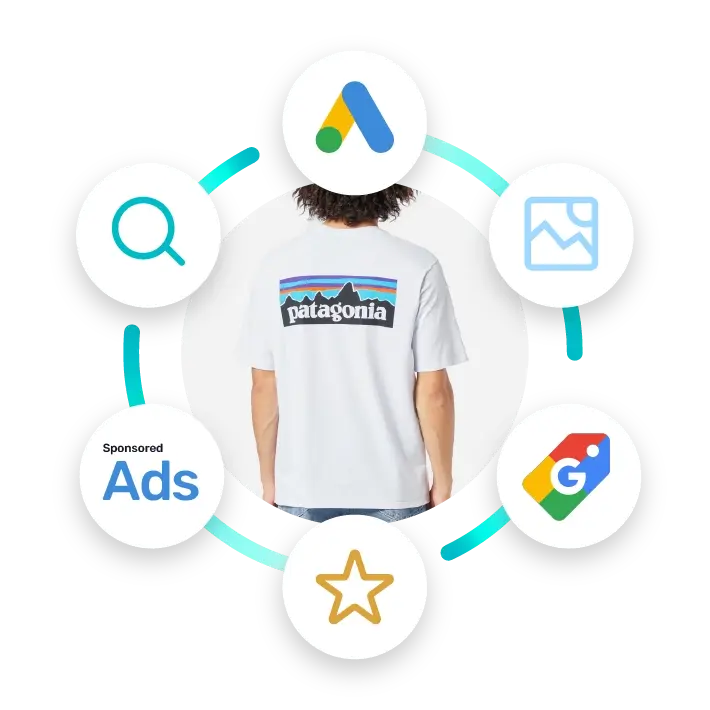
If 20 different ecommerce stores sell the same product, why should people click your ad?
If I have hundreds of t-shirts in stock, which one should I push more? And for which search?
2: Ad relevance
Ad relevance in Google Ads is how closely an ad matches a user's search. It's determined by the relationship between the keywords, ads, product feed, and landing page. Incorporating the most relevant search terms across all your assets (ads, feed, landing pages) is key to improve your score. Put yourself in the shoes of your customers.
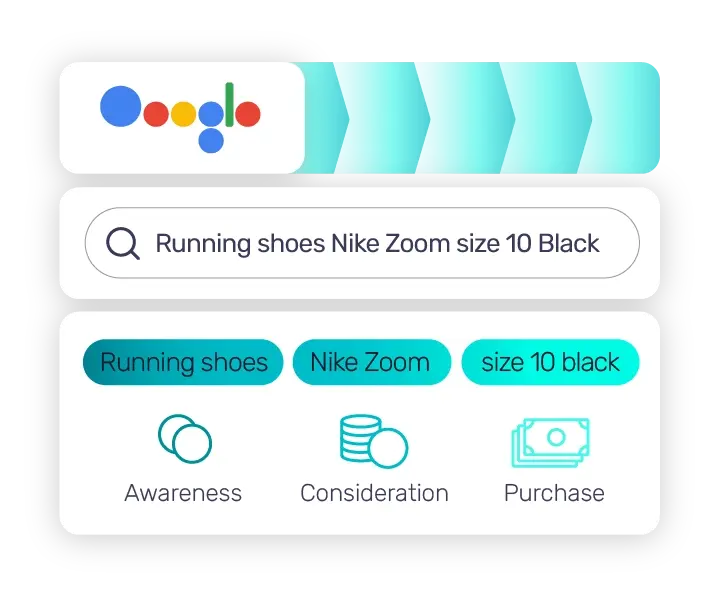
Paid Search
On your paid Search and Shopping campaigns you can access your Search Terms Insights report and get valuable data on how your customers search for your products.
Google Search
For your organic results, Google Search Console can be a good starting point, but more advanced tools are available to track what terms you and your competitors are using.
AI Tools
AI tools are also a great way to find additional search terms. Our system can automatically match which terms are most likely to generate sales for each product.
3: On-site experience
Google also considers the user experience of
your landing pages when calculating your quality score.
It’s looking for pages that load quickly, are easy to navigate, and make the checkout process easy. If your visitors bounce back to Google search results after clicking on your ads not only you have wasted valuable ad-spend, but you are more likely to be penalized by Google for similar auctions.
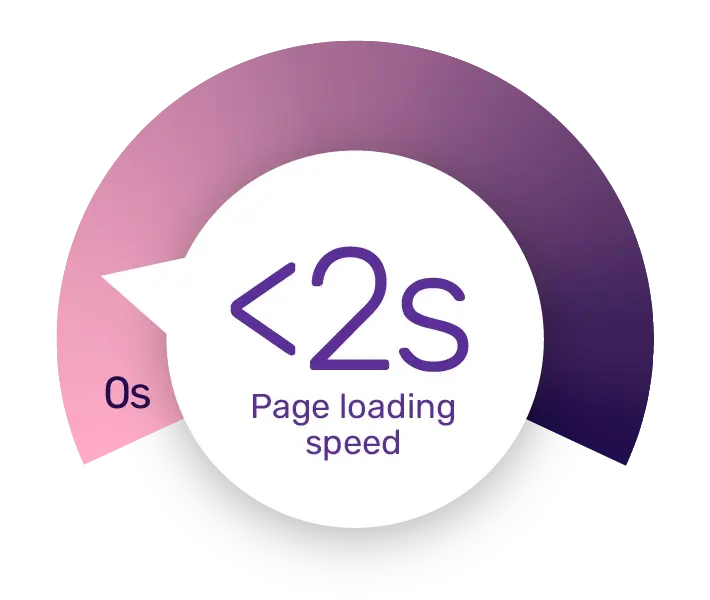
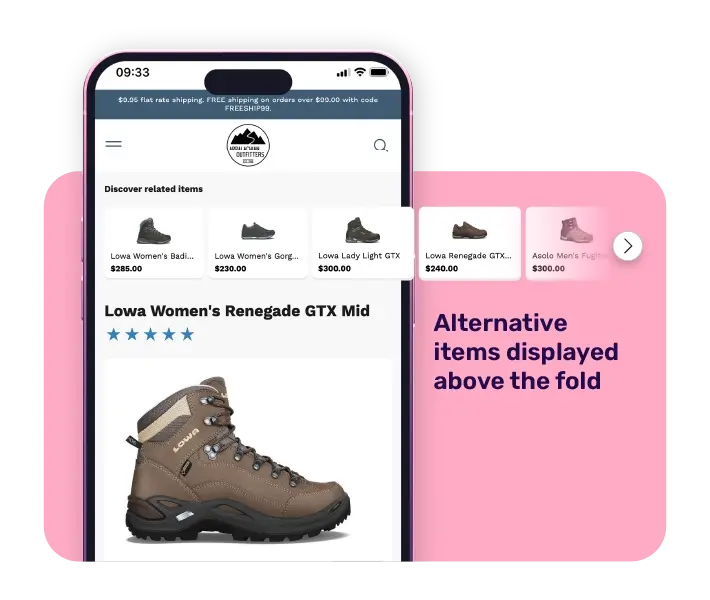
Things that can help:
Make sure that once people click on your ads they land
immediately on your page and have plenty of things to do like browsing images and videos of the product, exploring similar and related products, and of course make a purchase.
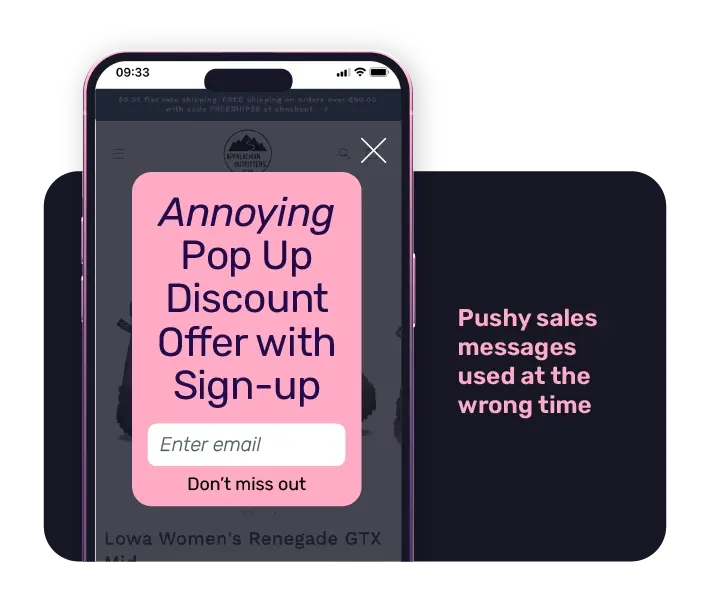
Things that don't help:
Nothing puts people off visiting a website more that pop ups asking immediately to subscribe to newsletters and unlock discounts, after all they don’t even know if they want to buy from your ecommerce yet.
This type of pop ups can be useful to counteract exit intent, you just need to use them at the right time.







